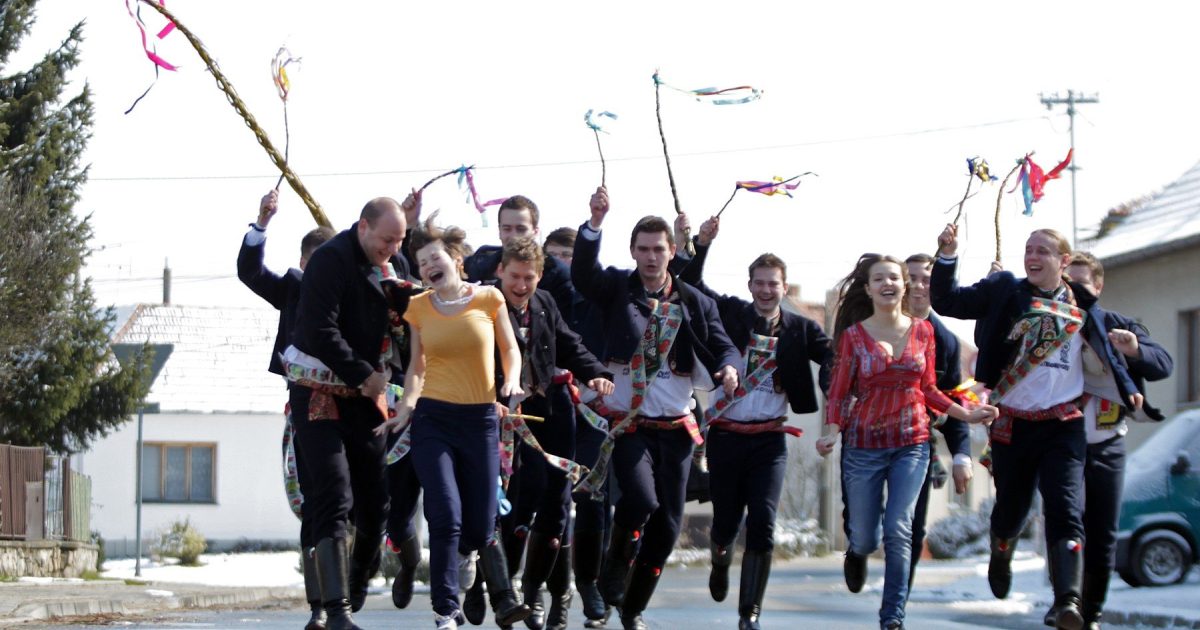(ANSA) – TRIESTE, MARCH 31 – “Never stop learning” repeated Fulvio Camerini (1925-2019), founder of the Cardiology of Trieste which he directed from the 1960s to 1996. It is in accordance with this assumption, as well as an educational value and the importance of not forgetting that Edizioni Università Trieste (UET) has published “Cardiovascular Radiology: 70 years of images, from the Camerini Archive to the present day”, practically the history of diagnostic imaging in Cardiology from the 1950s to Today. The book (open-access at the URI link https://www.openstarts.units.it/handle/10077/35733) is edited by Gianfranco Sinagra, Marco Masè and Maddalena Rossi of the Cardiothoracovascular Dept., ASUGI and University of Trieste. “Although numerous and more ‘refined’ diagnostic imaging methods have entered common use, chest radiography, thanks to easy accessibility, immediacy of results and reduced exposure to ionizing radiation, remains one of the most frequently performed tests”, he writes in Foreword Sinagra, Director of the Cardiothoracovascular Department and professor of Cardiovascular Diseases at the University of Trieste. Sinagra retraces the period from the discovery of electromagnetic radiation by the Nobel Prize winner for physics Wilhelm Röntgen, to the first x-ray performed by Major John HallEdwards in Birmingham, to the mobile radiological units supported by Marie Curie in the First World War to assist wounded soldiers, up to date. “Radiology has seen numerous techniques flourish, becoming an indispensable diagnostic aid.” In the second part, clinical cases are analyzed using the advanced multimodal imaging technique. The images were collected and selected by Camerini, becoming study material for the management of patients, during lessons or competitions. After experiences at the National Heart Hospital and Hammersmith Hospital in London and at the Karolinska Hospital in Stockholm and Uppsala, Camerini founded the Cardiovascular Physiopathology service in 1964 in Trieste, directing it with openness to dialogue and multidisciplinary and international comparison and according to the principles of merit and pay attention to young people. He had important roles in the European Society of Cardiology. With Arturo Falaschi he extended genetic and molecular research to cardiovascular diseases, studies later developed at the University of Denver (USA). Senator, we remember his speech in defense of medicine based on evidence of effectiveness in the era of controversy over the “Di Bella method”. (HANDLE).
© All rights reserved
#History #diagnostic #imaging #cardiovascular #field
– 2024-04-01 07:25:15


